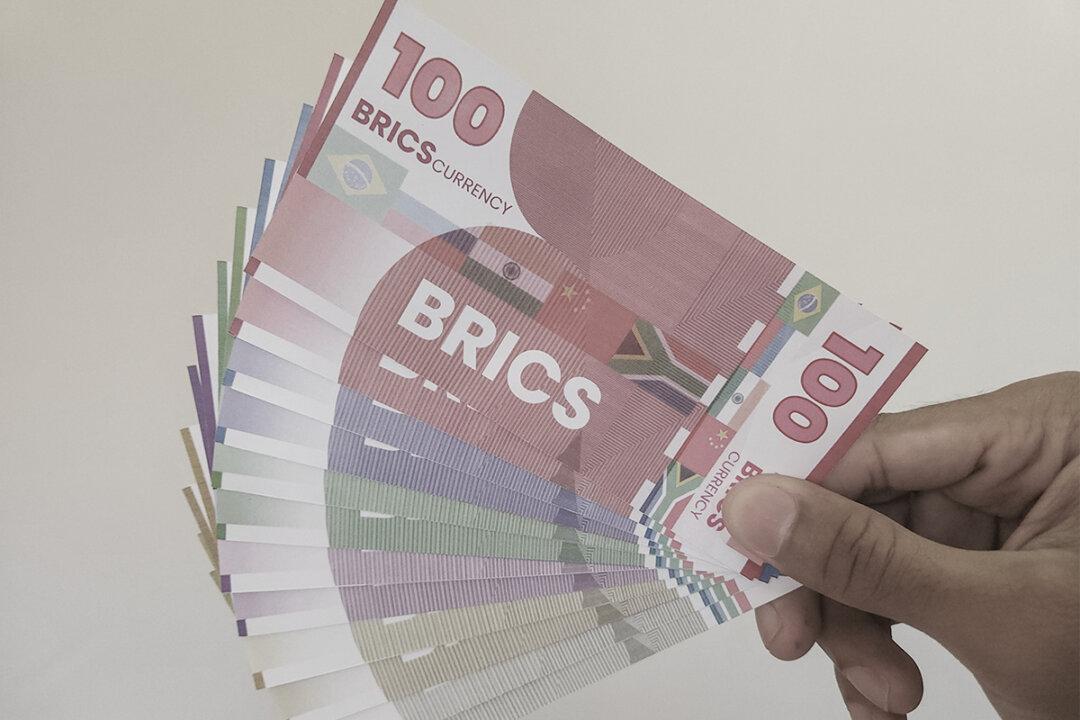Commentary
The BRICS camp will include six more members. As is wishfully thought by Russia, this will de-dollarise the world. De-dollarising the financial world is nearly impossible, without any doubt, given the overwhelming dominance of the U.S. dollar. What the BRICS camp regards as possible is de-dollarising along the line of external trade. Although external trade involves goods and services, the latter is mostly absent in many emerging economies. These countries mainly export natural endowments (fossil energy) or labor-intensive cheap products.





